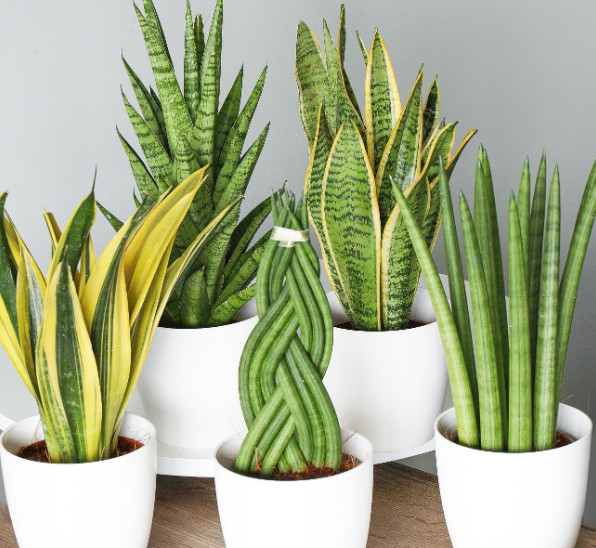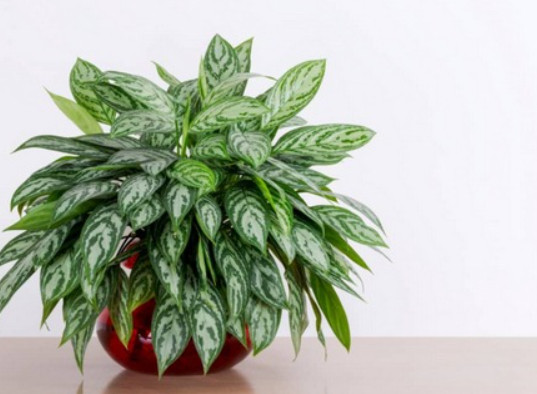The best indoor plants to improve air quality + video
Indoor air pollution can have a significant impact on our health and well-being. In fact, according to the Environmental Protection Agency, indoor air can be 2-5 times more polluted than outdoor air. While there are many ways to improve indoor air quality, one effective method is through the use of houseplants. In this article, we’ll explore some of the best plants for purifying indoor air.
Unbelievable Air Purifier: These 2023 Bedroom Plants Release Oxygen!
Snake Plant (Sansevieria trifasciata)
The snake plant is one of the best plants for removing toxins such as formaldehyde, benzene, and xylene from the air. It’s also a low-maintenance plant that can survive in low-light conditions.

Spider Plant (Chlorophytum comosum)
The spider plant is another easy-to-care-for plant that can help purify the air. It’s particularly effective at removing carbon monoxide and formaldehyde. The spider plant also produces offshoots that can be used to propagate new plants.
Aloe Vera (Aloe vera)
Aloe vera is a popular plant known for its healing properties. It’s also an excellent air purifier, removing formaldehyde and benzene from the air. Aloe vera plants need plenty of sunlight, so they’re best suited for bright, sunny rooms.

Boston Fern (Nephrolepis exaltata)
The Boston fern is a beautiful plant that can help remove formaldehyde and xylene from the air. It’s also effective at adding humidity to the air, which can be particularly beneficial during the winter months when indoor heating can dry out the air.
Peace Lily (Spathiphyllum wallisii)
The peace lily is a great choice for removing formaldehyde, benzene, and trichloroethylene from the air. It also has a lovely, calming effect on the room it’s placed in. However, it’s important to note that peace lilies are toxic to pets, so they should be kept out of reach of cats and dogs.
Bamboo Palm (Chamaedorea seifrizii)
The bamboo palm is an effective air purifier that can remove formaldehyde, benzene, and trichloroethylene from the air. It’s also a low-maintenance plant that doesn’t require direct sunlight, making it ideal for indoor environments.
English Ivy (Hedera helix)
English ivy is a versatile plant that can be grown as a vine or a hanging plant. It’s particularly effective at removing formaldehyde from the air, and it can also help reduce mold in the air.
Rubber Plant (Ficus elastica)
The rubber plant is another effective air purifier that can remove formaldehyde from the air. It’s also a hardy plant that can survive in low-light conditions.
Golden Pothos (Epipremnum aureum)
The golden pothos is an easy-to-care-for plant that can help remove formaldehyde, benzene, and carbon monoxide from the air. It’s also a great trailing plant that can be grown in a hanging basket or trained to climb a trellis.
Chinese Evergreen (Aglaonema spp.)
The Chinese evergreen is a low-maintenance plant that can help remove formaldehyde and benzene from the air. It’s also a great plant for low-light conditions, making it ideal for indoor environments.
It’s important to note that while houseplants can help purify indoor air, they should not be relied upon as the sole method of improving air quality. Other strategies, such as proper ventilation and the use of air purifiers, should also be considered. Additionally, some plants can be toxic to pets, so it’s important to do your research before bringing plants into your home. Overall, incorporating houseplants into your indoor environment can be a great way to improve air quality and create a more comfortable and healthy living space.


